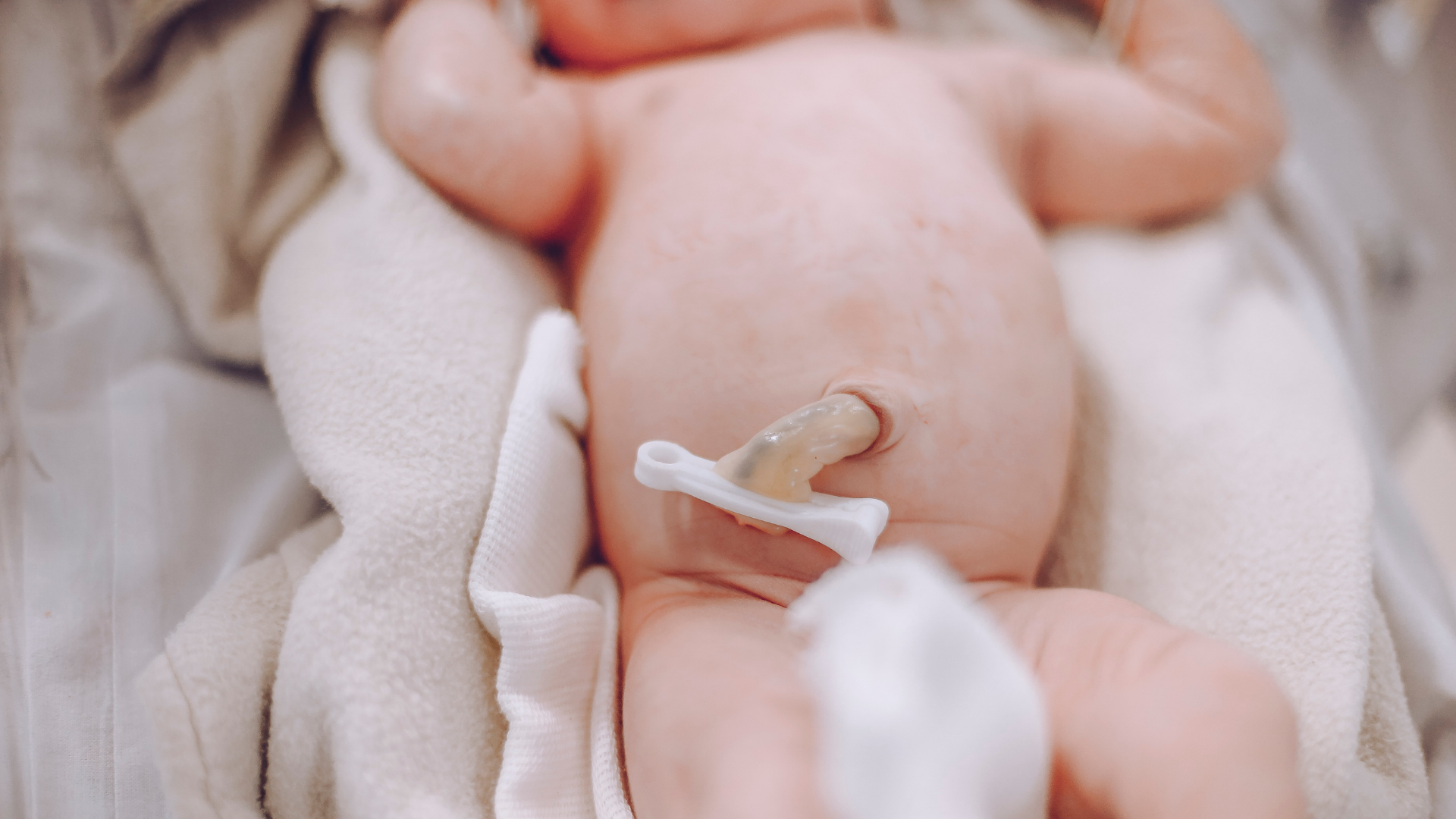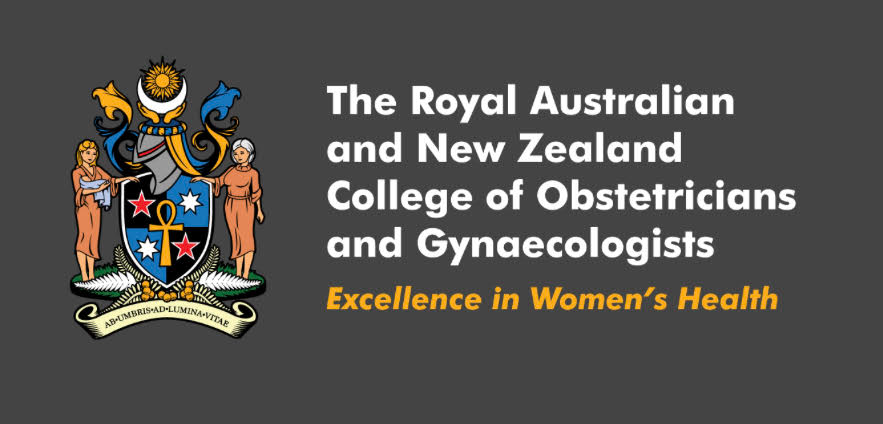

Delayed cord clamping occurs when the umbilical cord is NOT immediately clamped after the baby is born. The interval can be anywhere from 60 seconds to a number of minutes – some people refer to this as the ‘golden minute’. Delayed cord clamping is recommended as standard practice by the Australian College of Obstetricians and Gynaecologists.
The baby will receive 50-100mls of blood, depending on the baby’s birth weight and most of this occurs in the first minute after birth.
The main benefits are increased iron stores in the first 6 months after birth. Better circulation in the newborn infant. Less likelihood of anaemia, cerebral haemorrhage and necrotising enterocolitis. These benefits are more significant in premature or growth restricted infants.
The disadvantage of delayed cord clamping is an increased risk of jaundice with the baby more likely to require phototherapy with UV lights.
If you want to bank your baby’s cord blood then less will be available for storage with delayed cord clamping.
If the baby has the umbilical cord tight around the neck, it will require clamping and cutting before the shoulders are delivered. If the baby requires resuscitation then it is more appropriate to clamp and cut the cord immediately to facilitate treatment. In these situations delayed cord clamping will not be possible.




